This comprehensive analysis is based on notes taken during Professor Varun Grover’s class
Management Information Systems (MIS) is all about how organizations use technology and information to make better decisions and run more efficiently. Over the years, several key thinkers have deeply influenced this field. In this exploration, we’ll dive into the groundbreaking ideas of six pioneers: Russell L. Ackoff, Jay R. Galbraith, Peter G. W. Keen, William R. King, Richard L. Nolan, and George P. Huber. We’ll unpack their contributions in a detailed yet relatable way, helping you understand not just what they proposed but why it matters.

1. Russell L. Ackoff: Transforming Data Overload into Meaningful Insights
Setting the Scene
Imagine being a manager in the 1960s. Every day, you’re bombarded with stacks of reports filled with endless numbers and facts. It’s overwhelming, and despite all this information, making decisions doesn’t seem any easier. This was the reality for many, and Russell L. Ackoff saw a big problem with it.
Ackoff’s Key Ideas
- The Problem with Data Dumping: Ackoff argued that just throwing more data at managers wasn’t helpful. In fact, it often led to confusion and poor decisions because managers couldn’t sift through all the noise to find what mattered.
- From Data Push to Information Pull:
- Data Push: This is when organizations generate reports on a schedule, regardless of whether managers need that information at that time.
- Information Pull: Ackoff proposed that managers should be able to request the specific information they need when they need it. This way, they’re not overwhelmed by irrelevant data.
- Understanding Decision-Making Processes:
- Ackoff emphasized that to support managers effectively, we need to understand how they make decisions.
- By knowing what factors they consider and what information is crucial to them, we can tailor systems to provide exactly what they need.
- Filtering and Simplifying Information:
- He suggested that information systems should act like a good assistant—filtering out the unnecessary stuff and highlighting the important bits.
- This means using tools and processes to condense data into actionable insights.
- Involving Managers in System Design:
- Ackoff believed that the people who use the systems should have a say in how they’re built.
- By collaborating with managers, system designers can ensure the tools are user-friendly and actually help in decision-making.
Why Ackoff’s Ideas Matter
- Shift in Perspective: Ackoff’s work shifted the focus from just collecting data to actually helping managers make better decisions.
- Foundation for Modern Systems: His ideas laid the groundwork for today’s decision support systems and business intelligence tools.
- User-Centered Design: By advocating for involving users in system design, he influenced the way software and systems are developed across industries.
Real-World Impact
- Improved Efficiency: Organizations that adopted Ackoff’s principles found that managers could make decisions faster and with more confidence.
- Reduced Information Overload: By filtering out unnecessary data, companies reduced the time wasted on processing irrelevant information.
2. Jay R. Galbraith: Designing Organizations to Handle Information Better
Setting the Scene
As businesses grew in the 1970s, they faced more complex challenges and rapidly changing environments. Traditional organizational structures—think rigid hierarchies—were struggling to keep up. Jay R. Galbraith offered a new way to think about organizations, focusing on how they process information.
Galbraith’s Key Ideas
- Organizations as Information Processors:
- Galbraith proposed that an organization’s main job is to process information to reduce uncertainty about the environment.
- This means collecting, interpreting, and acting on information effectively.
- Stable vs. Unstable Environments:
- Stable Environments: In settings where things don’t change much, traditional structures with clear roles and rules work fine.
- Unstable Environments: When changes are frequent, these structures can’t handle the increased flow of new information and exceptions.
- Dealing with Uncertainty and Exceptions:
- Exceptions are situations that existing rules or procedures don’t cover.
- As exceptions increase, organizations need better ways to process this information without overloading managers.
- Strategies for Managing Information Processing:
- Reducing the Need for Processing:
- Create Self-Contained Units: Organize teams so they have all the resources they need internally.
- Add Slack Resources: Allow teams extra capacity to handle unexpected tasks without seeking approval.
- Increasing Processing Capacity:
- Invest in Better Communication Systems: Use technology to improve information flow up and down the hierarchy.
- Encourage Lateral Communication: Allow teams to communicate directly with each other instead of always going through higher management.
- Reducing the Need for Processing:
- The Fit Between Capacity and Need:
- Organizational performance improves when there’s a good match between how much information the organization can process and how much it needs to process.
Why Galbraith’s Ideas Matter
- New Organizational Designs: His ideas led to more flexible organizational structures, like matrix organizations and cross-functional teams.
- Improved Information Systems: By understanding the need for better information processing, companies invested in technologies that improved communication and data handling.
- Enhanced Adaptability: Organizations became better at adapting to change because they could process new information more effectively.
Real-World Impact
- Better Decision-Making: Companies could make faster, more informed decisions because they weren’t bottlenecked by rigid hierarchies.
- Increased Innovation: With teams able to communicate and collaborate more freely, new ideas could be shared and implemented more quickly.
3. Peter G. W. Keen: Making MIS Research More Rigorous and Relevant
Setting the Scene
By 1980, the field of MIS was growing, but Peter G. W. Keen noticed that the research wasn’t always solid. Many studies were based on personal experiences or simple models that didn’t provide deep insights. Keen called on the MIS community to step up its game.
Keen’s Key Ideas
- Critique of Existing Research:
- Overuse of Anecdotes: Researchers were relying too much on individual stories that couldn’t be generalized.
- Simplistic Models: The frameworks used were often too basic to explain complex organizational issues.
- Learning from Established Disciplines:
- Reference Disciplines: Keen urged MIS researchers to draw on theories and methods from fields like psychology, sociology, economics, and organizational behavior.
- Enhancing Rigor: Using established research methods would make MIS studies more credible and respected.
- Understanding Technology Practically:
- Toolsmith’s Perspective: Researchers should know enough about technology to understand its capabilities and limitations, even if they’re not technical experts.
- Building on Each Other’s Work:
- Cumulative Tradition: He stressed the importance of using common terms and measurements so that research findings could be compared and built upon.
- Creating Research Streams: Encouraged collaboration and continuation of research topics to develop deeper understanding.
- Balancing Theory and Practice:
- Rigor and Relevance: Keen believed that research should be methodologically sound but also address real-world problems.
- Improving Academic Infrastructure:
- Quality Journals and Associations: He highlighted the need for reputable journals and professional organizations to support high-quality research.
- Focusing on Significant Outcomes:
- Beyond User Satisfaction: Suggested that research should look at how MIS affects organizational performance, competitiveness, and strategy.
Why Keen’s Ideas Matter
- Elevated Standards: His call for rigor led to more scientifically robust studies in MIS.
- Enhanced Credibility: By adopting methods from established disciplines, MIS gained respect in the broader academic community.
- Better Practical Impact: Research that balances rigor with relevance provides valuable insights that organizations can apply.
Real-World Impact
- Improved Research Quality: MIS studies became more reliable and useful for both academics and practitioners.
- Stronger Academic Community: Development of high-quality journals and conferences advanced the field.
4. William R. King: Aligning Technology with Business Strategy
Setting the Scene
In the late 1970s, many MIS departments were stuck in a reactive mode. They waited for problems to arise or for users to request something before acting. William R. King saw an opportunity to make technology a proactive part of achieving business goals.
King’s Key Ideas
- Strategic Alignment:
- Connecting MIS to Business Goals: King proposed that MIS planning should be integrated with the organization’s strategic planning.
- Proactive MIS Planning: Instead of just fixing problems, MIS should anticipate future needs and opportunities based on the company’s direction.
- Strategy Set Transformation:
- Turning Strategy into Action: He offered methods for translating high-level business strategies into specific MIS projects and initiatives.
- Foundation for Alignment Research:
- Evolution of the Concept: King’s work sparked extensive research into how MIS and business strategies can and should align.
- Two-Way Influence:
- MIS Influencing Strategy: Over time, the idea evolved to recognize that technology doesn’t just support strategy—it can also drive and shape it.
Why King’s Ideas Matter
- Elevated Role of MIS: By aligning MIS with business strategy, technology became a key player in achieving organizational objectives.
- Strategic Use of Technology: Companies began to see technology as a way to gain competitive advantages, not just a support tool.
- Holistic Planning: Encouraged organizations to think about technology investments in the context of long-term goals.
Real-World Impact
- Improved Business Performance: Organizations that aligned their technology initiatives with their strategies often saw better results.
- Innovation and Competitiveness: Companies used technology strategically to innovate and differentiate themselves in the market.
5. Richard L. Nolan: Navigating the Growth of Technology in Organizations
Setting the Scene
Companies in the late 1970s were investing heavily in new computing technologies, but many were frustrated by rising costs and inefficiencies. Budgets kept growing, and top management was worried about the lack of control. Richard L. Nolan addressed these concerns by providing a framework to understand and manage technological growth.
Nolan’s Key Ideas
- Stages of Growth Model:
- Six Stages of Technological Maturity:
- Initiation: Starting to use computers, often in isolated parts of the organization.
- Contagion: Rapid expansion of technology use, sometimes chaotically.
- Control: Implementing strict policies to rein in costs and standardize systems.
- Integration: Linking systems and data across the organization for better efficiency.
- Data Administration: Focusing on managing data as a strategic asset.
- Maturity: Achieving a balanced approach where technology supports strategic goals effectively.
- Six Stages of Technological Maturity:
- Balancing Flexibility and Control:
- Slack (Flexibility):
- Allowing room for experimentation and innovation with technology.
- Recognizing that too much control can stifle creativity.
- Control:
- Implementing standards and procedures to manage costs and ensure systems work together.
- Preventing chaos and inefficiency.
- Dynamic Balance:
- Organizations need to find the right mix of flexibility and control at each stage of growth.
- Slack (Flexibility):
- Cyclical Nature of Growth:
- Understanding Patterns:
- As new technologies emerge, organizations often repeat the cycle of rapid growth followed by the need for control.
- Anticipating Challenges:
- By recognizing these patterns, managers can better prepare for and navigate the transitions.
- Understanding Patterns:
Why Nolan’s Ideas Matter
- Framework for Managing Technology: Provided a roadmap for organizations to understand where they are and what challenges to expect next.
- Strategic Planning: Helped companies plan their technology investments more effectively.
- Balance and Adaptation: Emphasized the importance of adapting management approaches as technology and organizational needs evolve.
Real-World Impact
- Cost Control: Organizations used Nolan’s model to get a handle on technology spending.
- Improved Integration: By recognizing the need for integration and data management, companies improved efficiency.
- Strategic Use of Data: Emphasizing data administration led to better decision-making and strategic insights.
6. George P. Huber: Shifting Focus from Individual Traits to Task Needs
Setting the Scene
In the early 1980s, many researchers were studying how individual differences in thinking (cognitive styles) affected the use of decision support systems (DSS). They conducted experiments to see how people with different cognitive styles performed on decision tasks using various types of information presentation. George P. Huber critically evaluated this approach and suggested a different path.
Huber’s Key Ideas
- Critique of Cognitive Style Research:
- Inconsistent Results: Found that studies often contradicted each other, partly because they measured cognitive styles differently.
- Limited Impact: Even when effects were found, they were usually small and not practically significant.
- Complexity of Individual Differences: Recognized that people have many traits affecting their decision-making, making it impractical to design systems for every individual difference.
- Questioning the Research Approach:
- Diminishing Returns: Argued that continuing to focus on cognitive styles wouldn’t yield meaningful progress in MIS.
- Alternative Focus: Suggested that understanding the decision tasks themselves would be more productive.
- Emphasizing Task Characteristics:
- Task-Centered Design: Proposed designing DSS based on the specific needs and characteristics of the tasks they support.
- User Involvement and Prototyping:
- Encouraged working closely with users to develop systems.
- Using prototypes to test and refine systems based on actual use.
Why Huber’s Ideas Matter
- Shift in Research Focus: Moved the field away from trying to tailor systems to individual traits and toward designing systems that effectively support specific tasks.
- Practical Application: By focusing on tasks, systems could be designed to provide the necessary information and tools, benefiting all users.
- Improved System Design: Emphasized the importance of user feedback and iterative development.
Real-World Impact
- More Effective DSS: Systems became better at supporting decision-making because they were designed around the tasks, not assumptions about user traits.
- User Satisfaction: Involving users in the design process led to systems that were more intuitive and useful.
7. Integrating the Insights: Lessons for Today’s Organizations
Common Themes Across the Thinkers
- User-Centered Approach:
- Ackoff and Huber highlighted the importance of understanding the needs of managers and decision-makers.
- Systems should be designed with the end-user in mind, focusing on usability and relevance.
- Information Processing and Organizational Design:
- Galbraith’s view of organizations as information processors connects to how companies structure themselves to handle information effectively.
- Strategic Alignment of Technology:
- King’s emphasis on aligning MIS with business strategy shows that technology should be a key part of planning and achieving organizational goals.
- Managing Technological Change:
- Nolan’s stages of growth model helps organizations understand and manage the lifecycle of technology adoption and integration.
- Improving Research and Practice:
- Keen’s call for rigorous, relevant research ensures that MIS continues to provide valuable insights that are both theoretically sound and practically applicable.
Applying These Lessons Today
- Embracing New Technologies Thoughtfully:
- As technologies like artificial intelligence and cloud computing emerge, organizations can use these foundational ideas to integrate them effectively.
- Adapting Organizational Structures:
- Companies can redesign their structures to be more flexible and responsive, much like Galbraith suggested, to handle the increased flow of information.
- Strategic Planning with Technology:
- Aligning technology initiatives with business strategies remains crucial for competitive advantage.
- Balancing Innovation and Control:
- Finding the right balance between allowing innovation and maintaining control over resources is key, as Nolan highlighted.
- Engaging Users in Design:
- Involving users in the development of systems ensures they meet actual needs and are adopted successfully.
Future Directions
- Interdisciplinary Collaboration:
- Drawing on insights from various fields can enrich MIS research and practice.
- Focus on Real-World Impact:
- Continuing to produce research and systems that solve real problems and improve organizational performance.
- Continuous Learning and Adaptation:
- Organizations must stay agile, learning from past experiences and adapting to new challenges.
Conclusion
The work of these six pioneers has profoundly influenced how we think about and practice MIS. Their ideas are interconnected, each building on the understanding that technology and information are integral to organizational success. By focusing on users, aligning with strategy, managing growth, and improving research, they’ve provided a roadmap that is still relevant in today’s rapidly changing technological landscape. As we move forward, these foundational insights will continue to guide us in leveraging technology to make better decisions, design effective organizations, and achieve strategic goals.
References:
- Ackoff, R. L. (1967). Management Misinformation Systems. Management Science, 14(4), 147-156.
- Galbraith, J. R. (1974). Organization Design: An Information Processing View. Interfaces, 4(3), 28-36.
- Galbraith, J. R. (1977). Organization Design. Addison-Wesley.
- Keen, P. G. W. (1980). MIS Research: Reference Disciplines and a Cumulative Tradition. Proceedings of the First International Conference on Information Systems, 9-18.
- King, W. R. (1978). Strategic Planning for Management Information Systems. MIS Quarterly, 2(1), 27-37.
- Nolan, R. L. (1979). Managing the Crises in Data Processing. Harvard Business Review, 57(2), 115-126.
- Huber, G. P. (1983). Cognitive Style and DSS Design: A Conceptual Critique. Management Science, 29(5), 567-577.


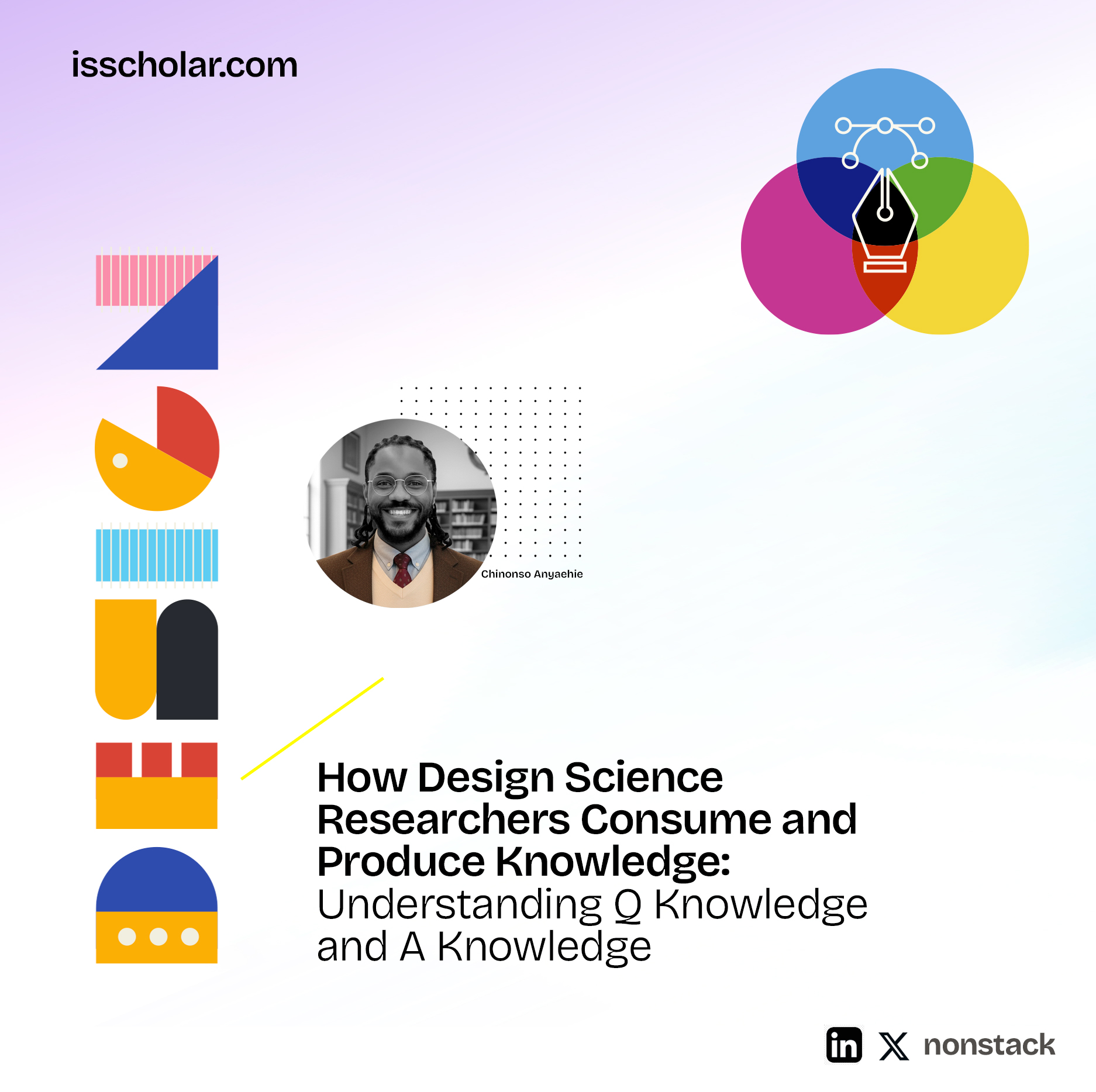
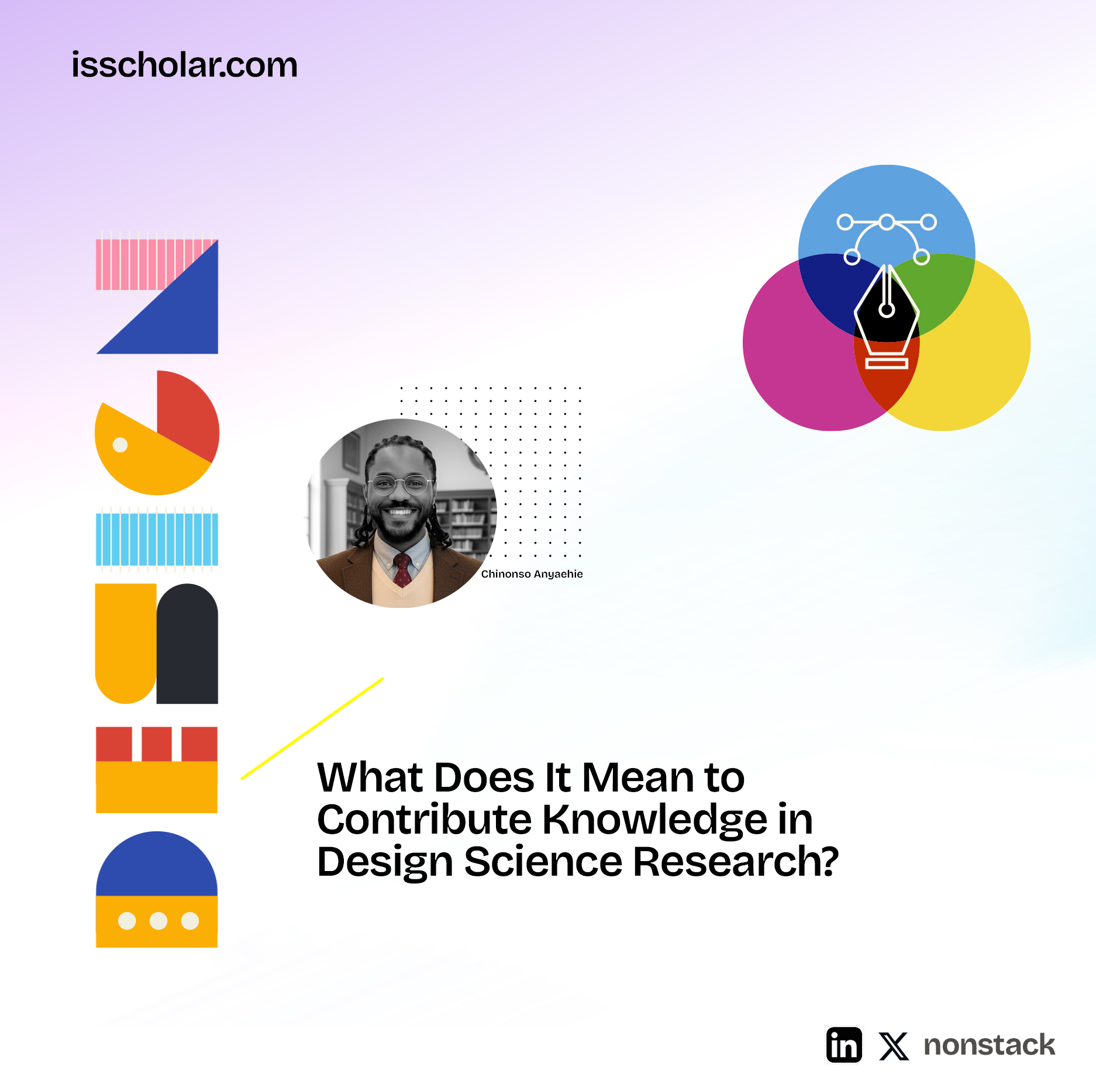
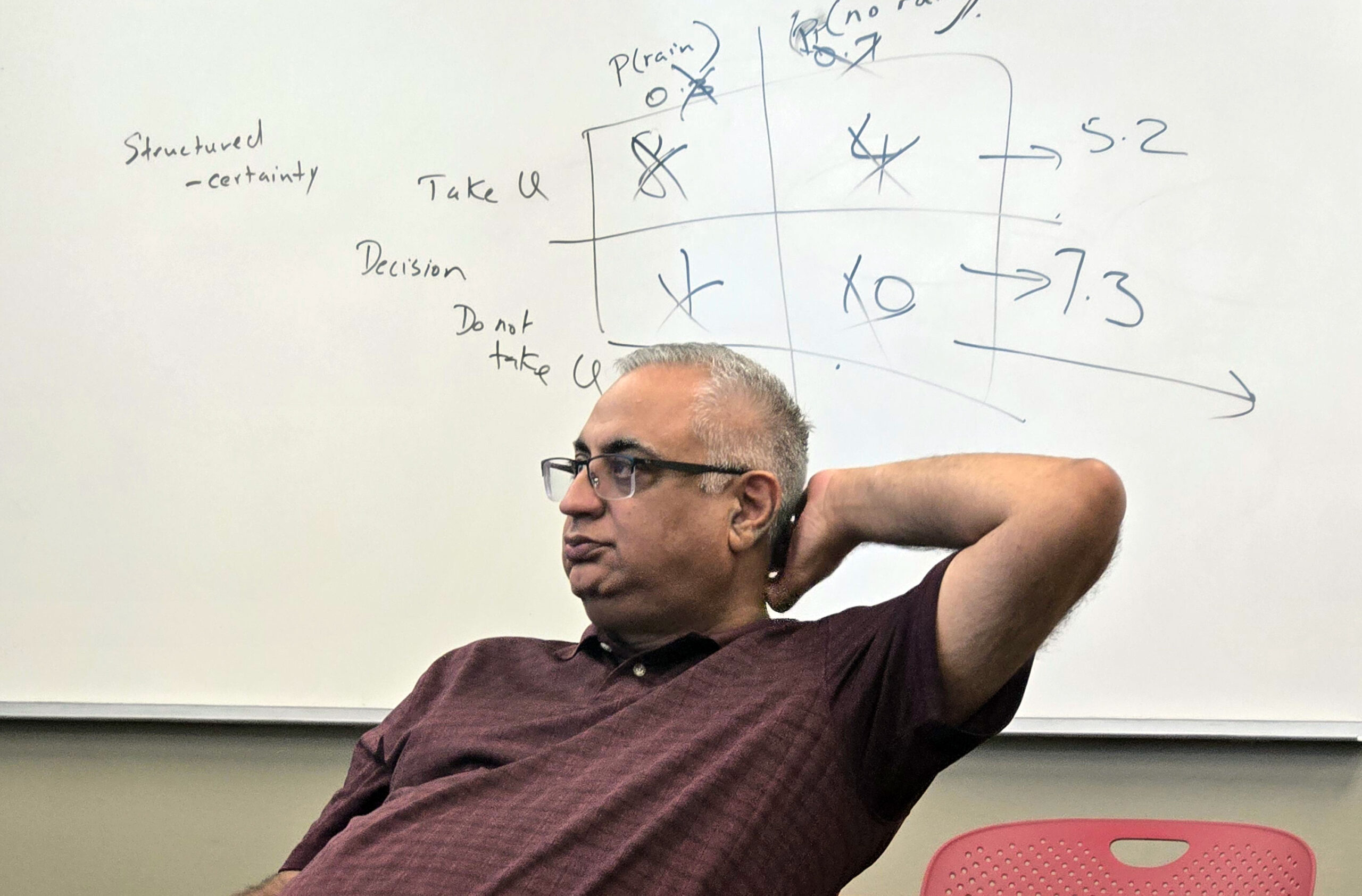
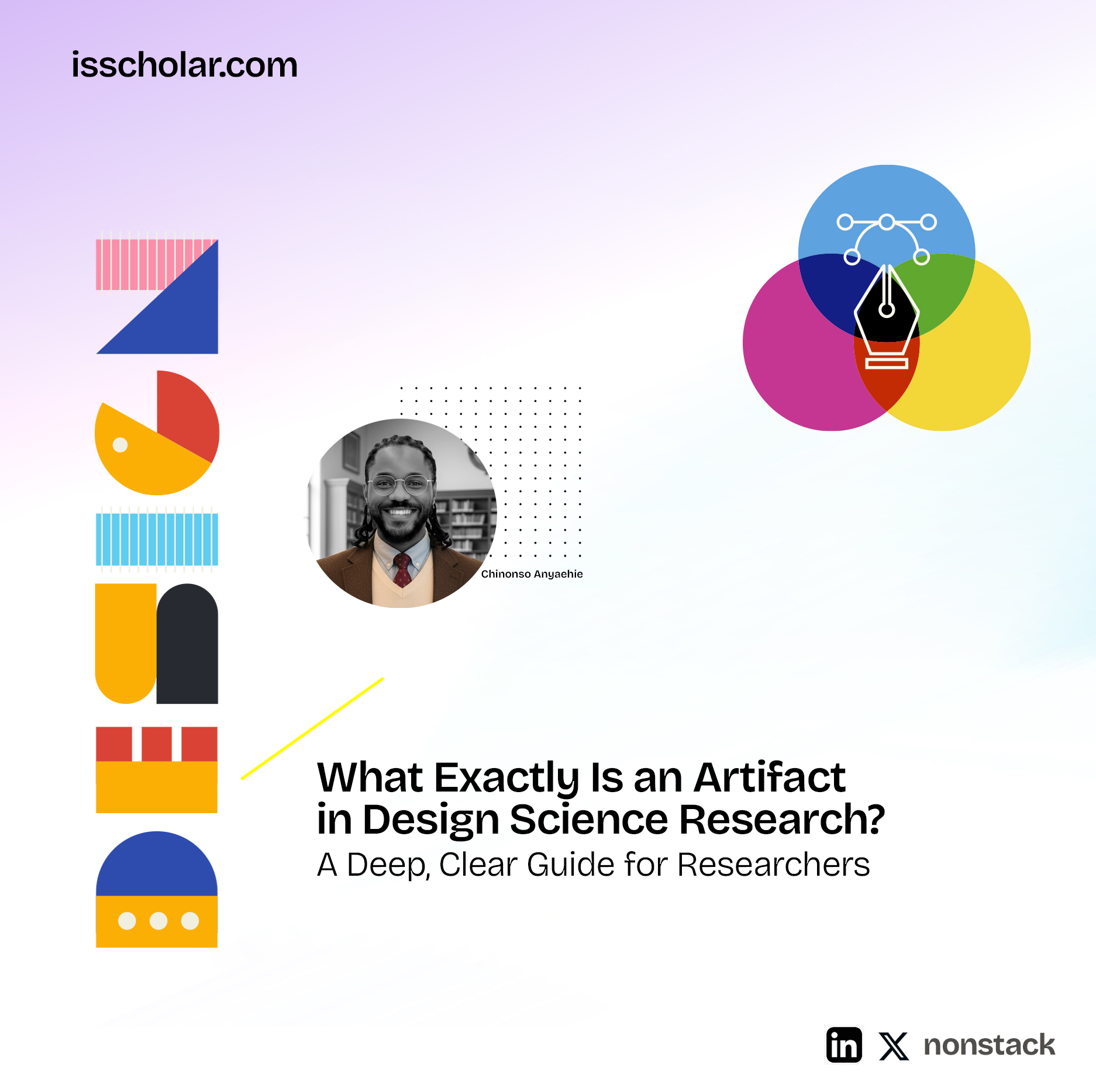
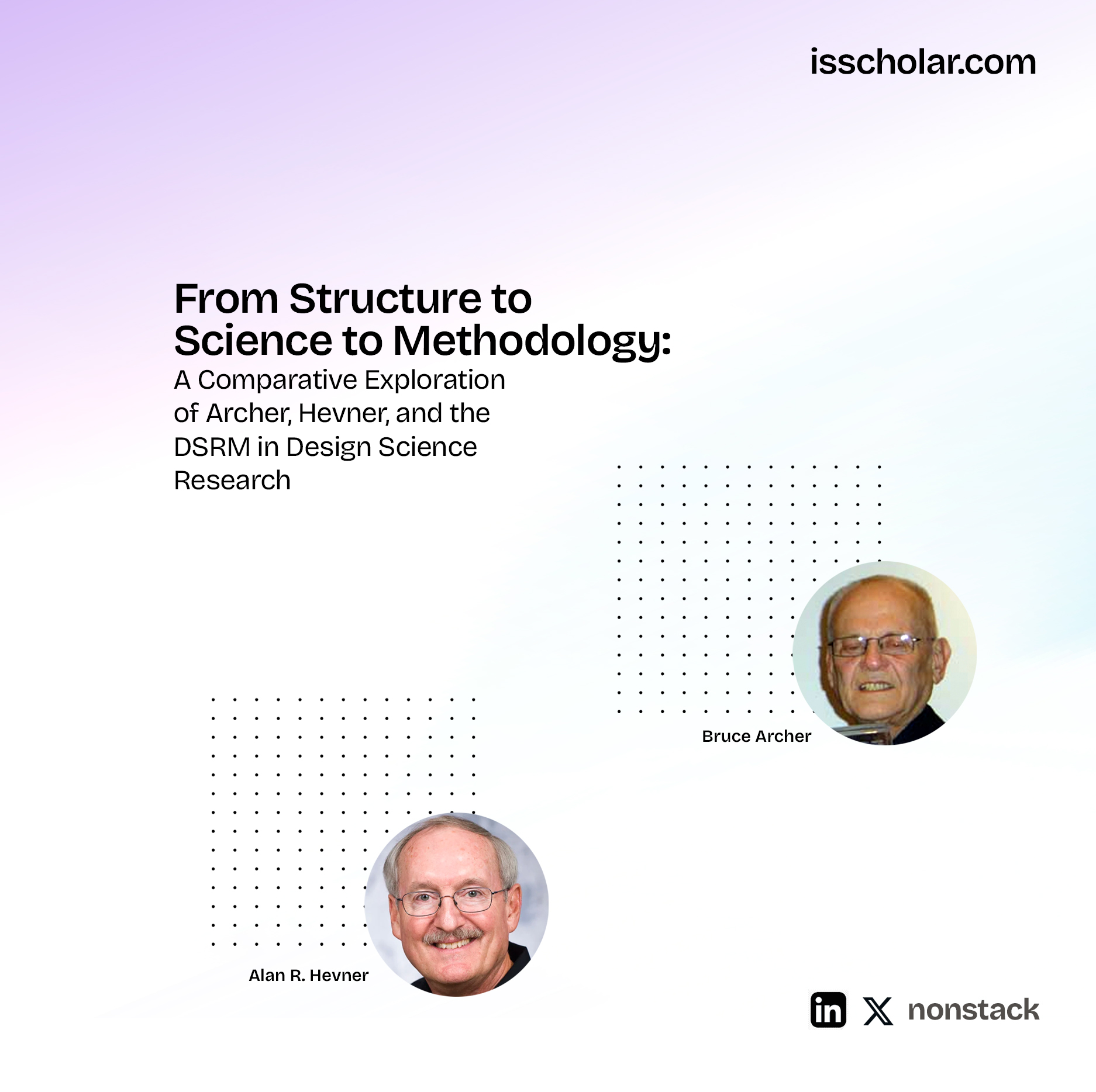
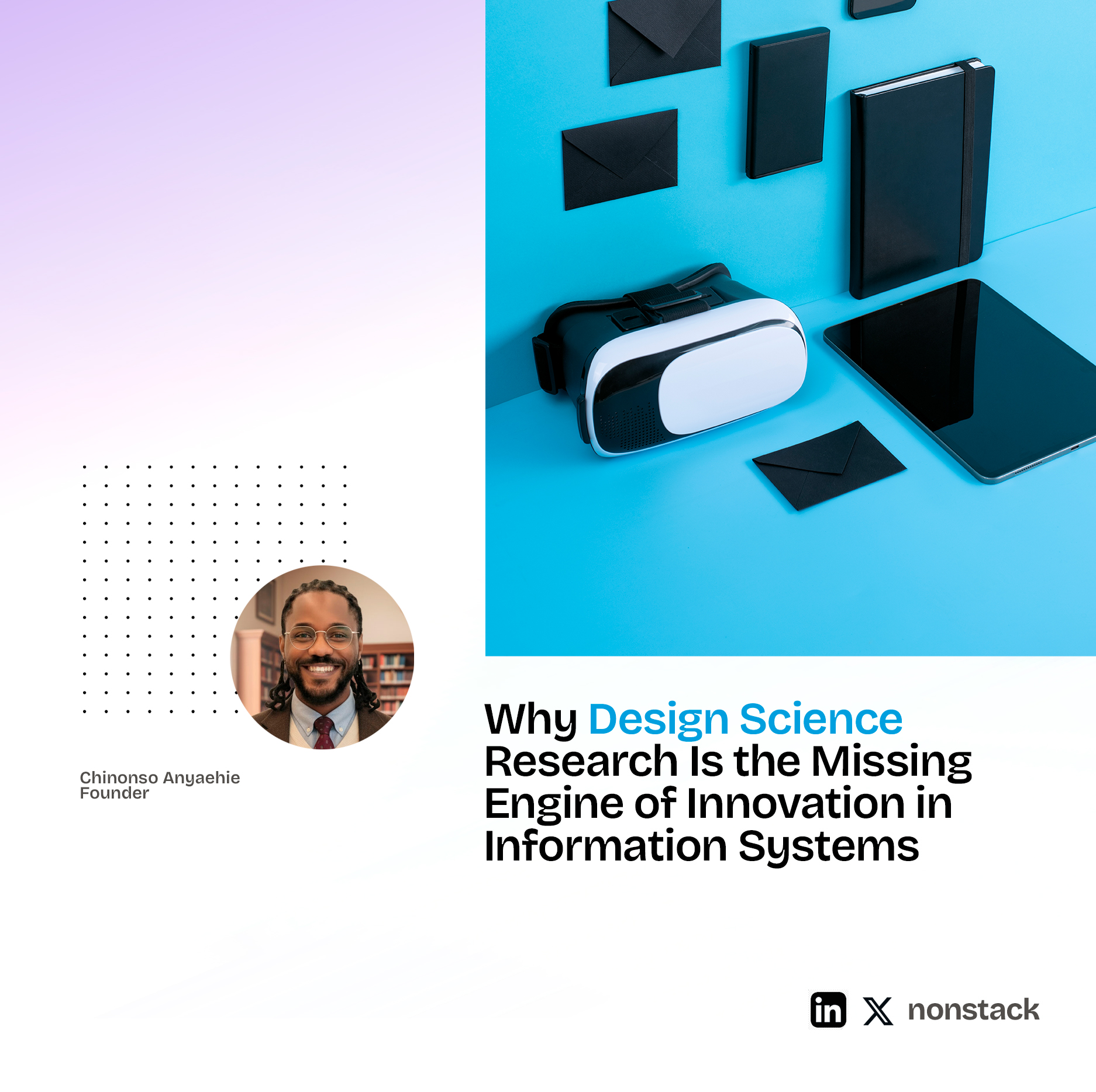
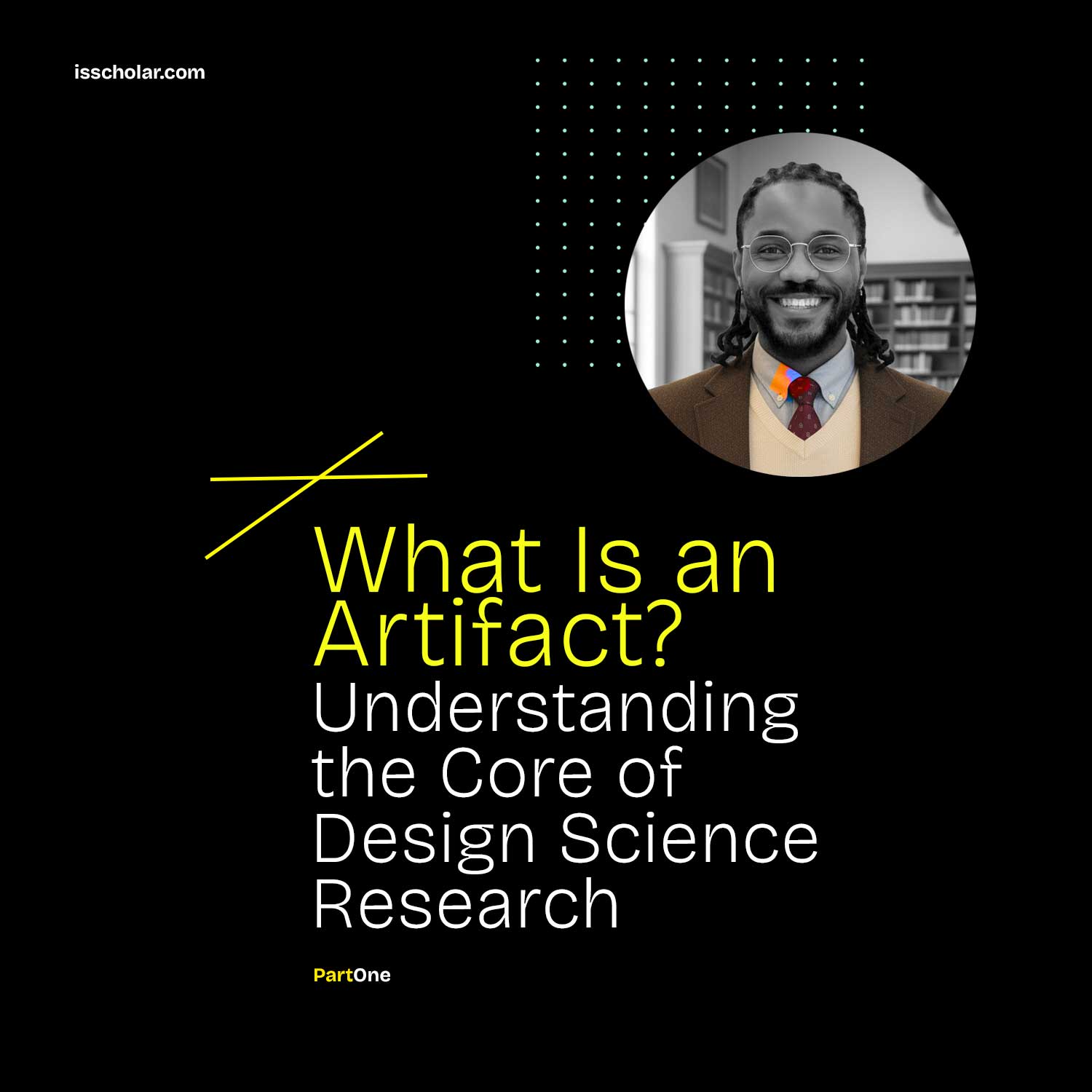
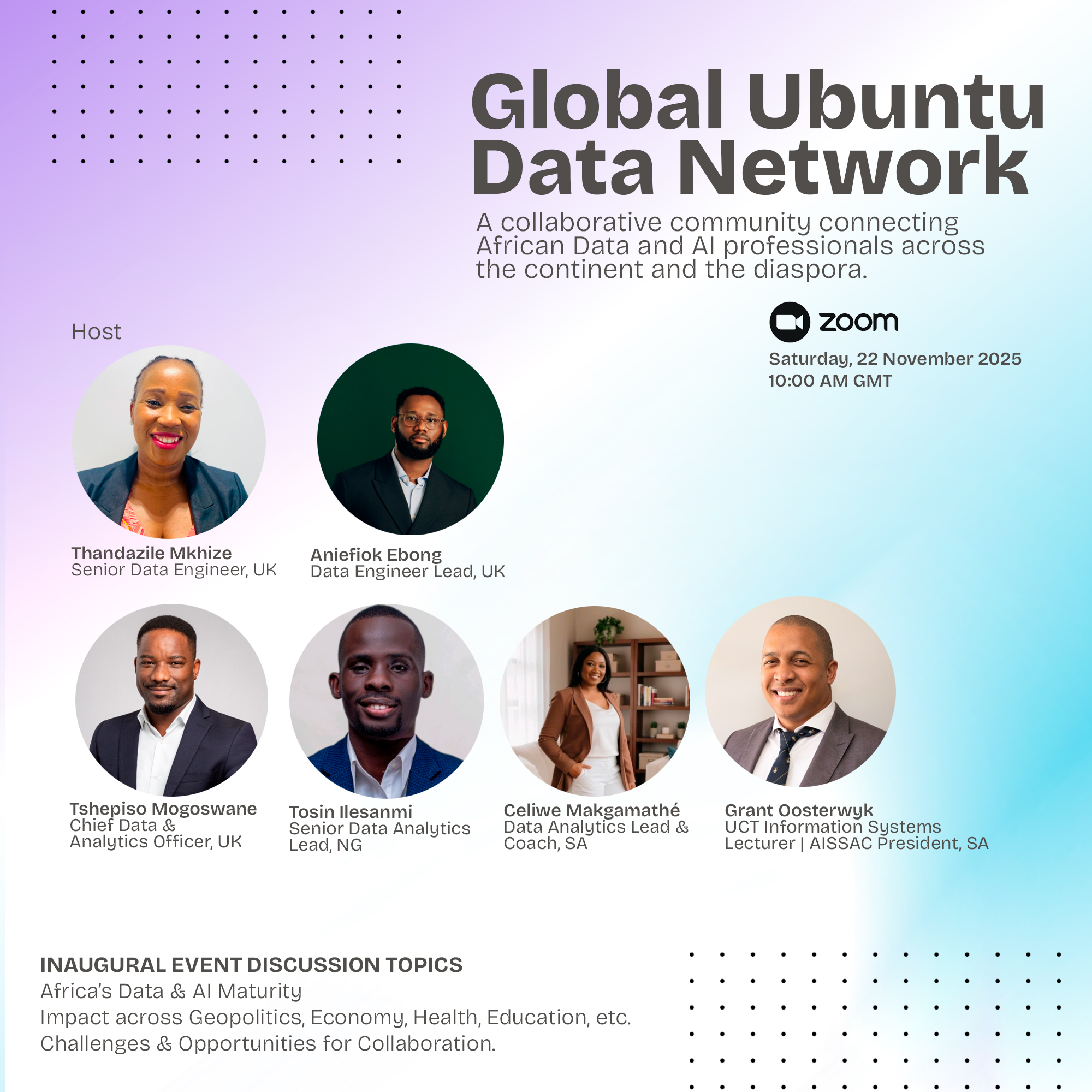
Leave a Reply